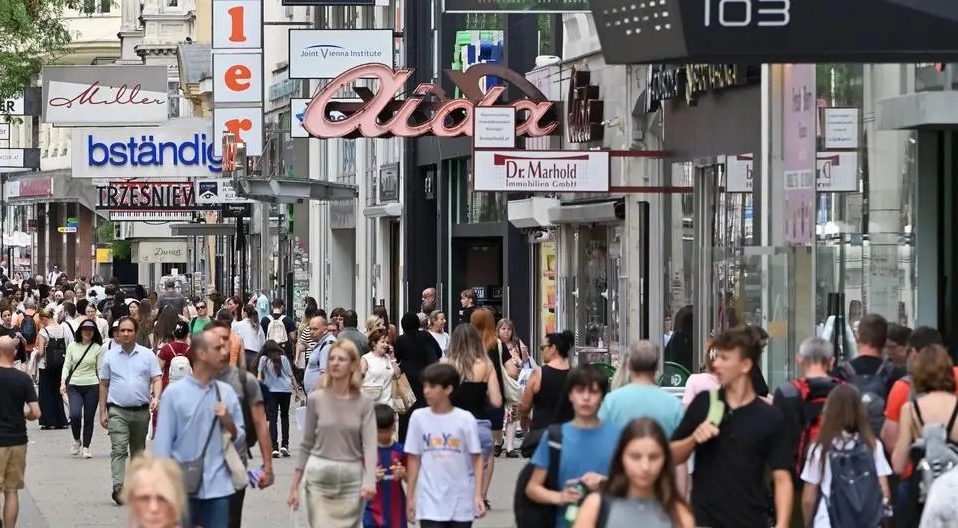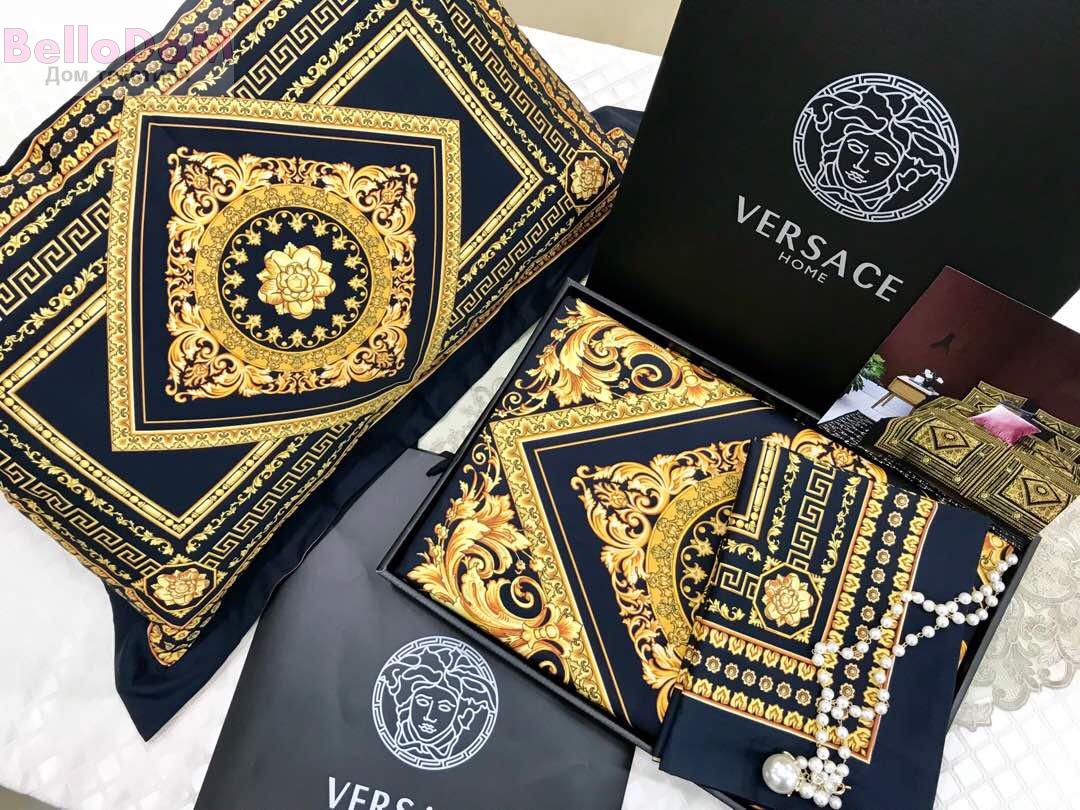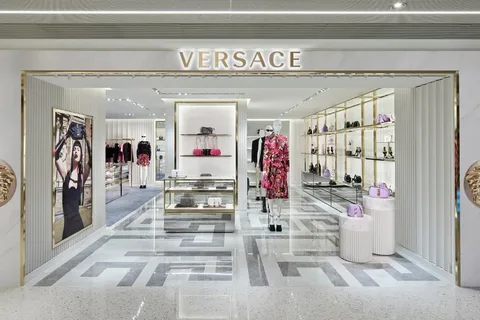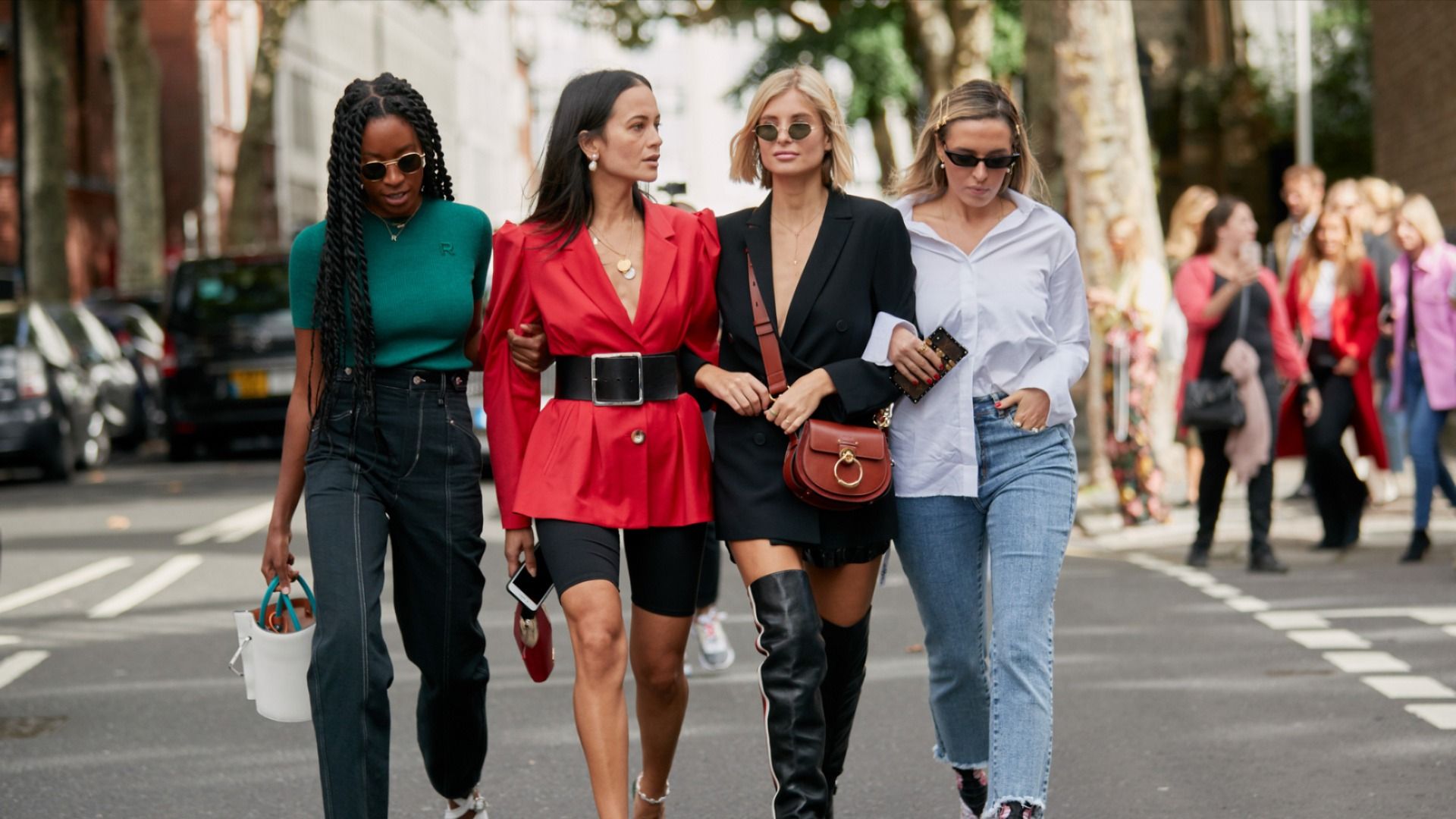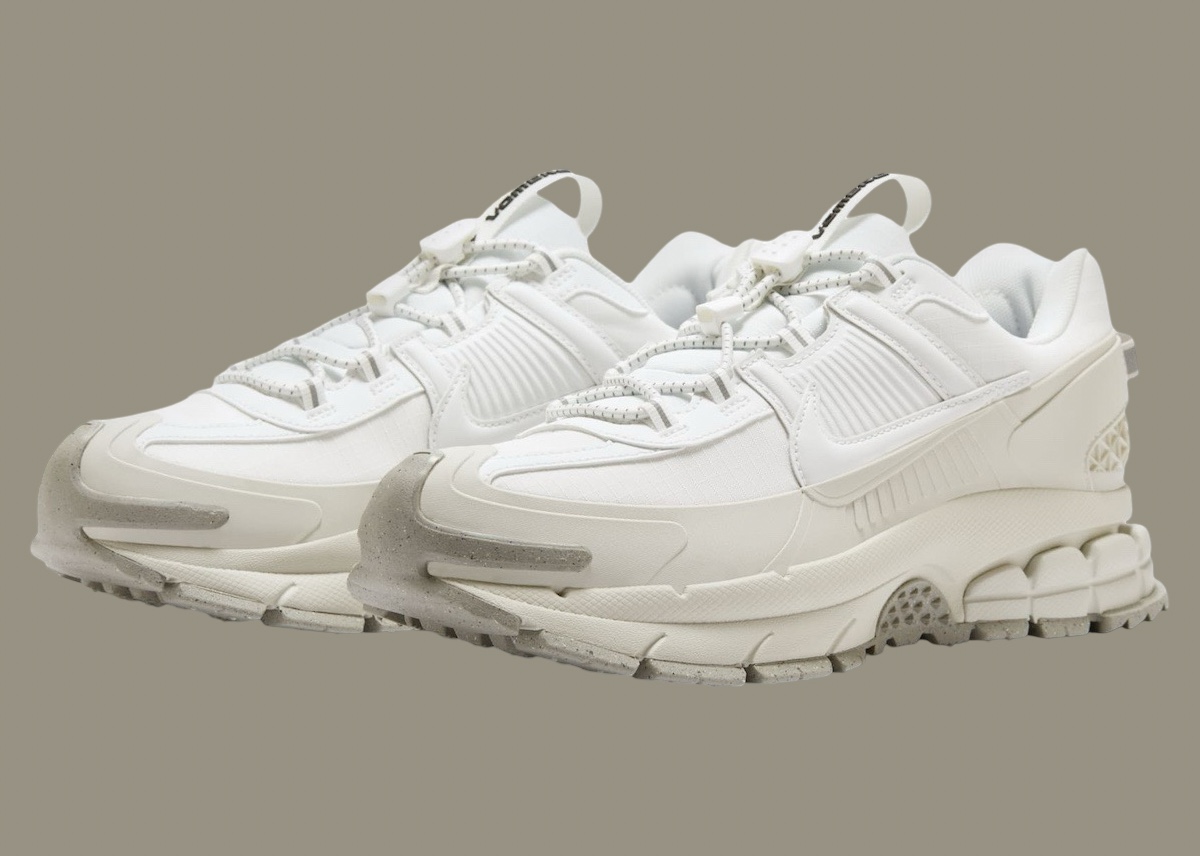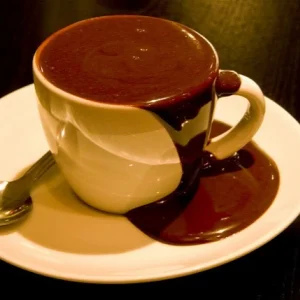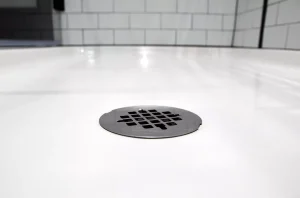Some fashion chains and bookstores are making a comeback: luxury stores are thriving and discounters are moving into upscale locations.
Metzler-Andelberg
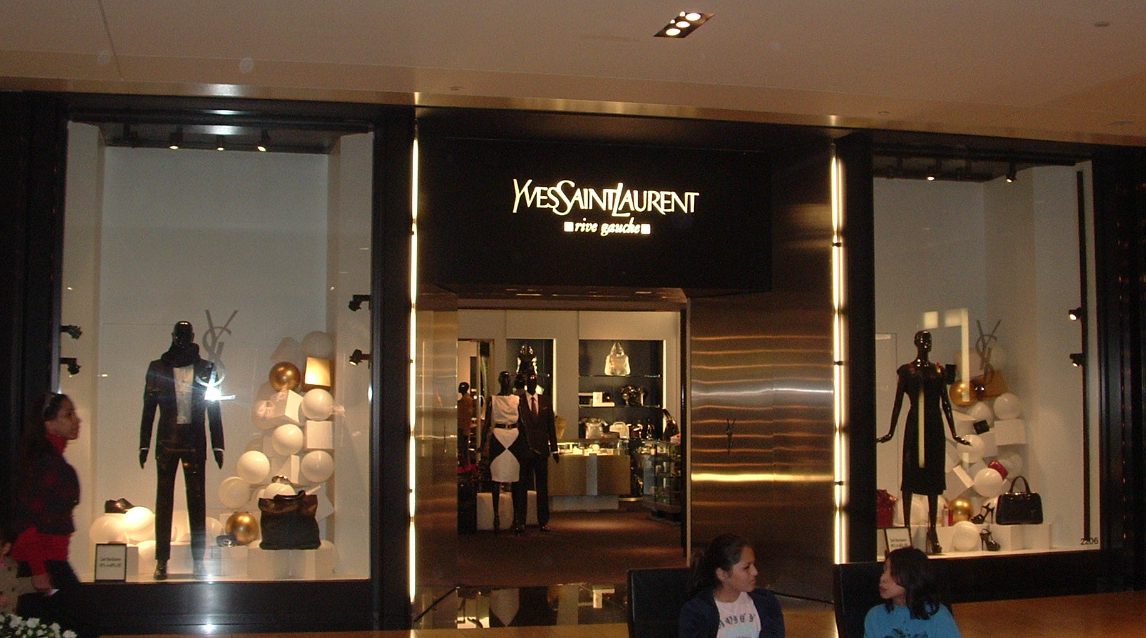
Yves St. Laurent ‘s new flagship store on Graben 17 in Vienna emphasizes “raw and refined.” A few meters further on, in a corner building in the Golden Quarter, is an even newer Dior store , glowing with white and artwork. The shopping temples were designed by renowned designers: at St. Laurent, creative director Anthony Vaccarello favored rough walls, elegant marble windows, black mirrored walls and concrete columns. Star architect Peter Marino chose Versailles parquet for the Vienna branch of Dior, favored cabochon stones with their polished surfaces and an abundance of white: white busts on white pedestals around the grand staircase leading up three floors are decorated with white patterns – an understatement that makes the paintings by John McAllister and Maisha Mohamedi and the photo prints on the mirrors by Mark Swenson look particularly radiant.
Both temples confirm that the luxury business in the Golden U of the first district is still going strong. However, familiar features are also returning to Vienna’s shopping streets, such as traditional bookstores. “We have just brokered a property on Mariahilferstrasse for Morawa, which will open a three-story building there this summer,” reports Franziska Patay, senior retail real estate consultant at EHL.
Fashion is making a comeback
In addition, some fashion chains are expanding again: for example H&M with 2,000 m² on Mariahilferstrasse or & Other Stories with a new store on Neubaugasse. “C&A has also rented more than 2,000 square meters there,” says Patay. The stationary fashion sector seems to be seeing a slight upturn after a lull. “This development was already visible in luxury concepts a year ago and now other brands are also demanding to open a stationary store, naturally with a Click&Collect option.”
Also on the rise: discounters: “High inflation rates combined with economic uncertainty have led to high growth rates for non-food discounters in recent years,” says CBRE ‘s 2025 Retail Report . “In 2024, 18 retailers entered the Austrian market, the same number as in the previous year. Almost two-thirds of the exits were registered in Vienna, most of them in the mid-price range fashion segment.” Statistically, more newcomers were able to make a name for themselves in 2024: only three concepts failed, whereas twelve retailers had to leave the market in 2023.
Discounters make higher offers to landlords
The location choices of discounters have also changed: previously located in B and C zones, they are now moving to upscale neighborhoods. “These providers are now focusing on prime locations and are acting quite aggressively, offering higher prices than others,” says Patay. It doesn’t always have to be profitable, but it should strengthen the brand first and foremost. One hurdle: not all landlords want discounters in their properties and rent space to other brands – sometimes at lower prices. “Others, on the other hand, particularly want a discount store. This, like a lot of things in the retail sector, is really entirely up to the landlords.”
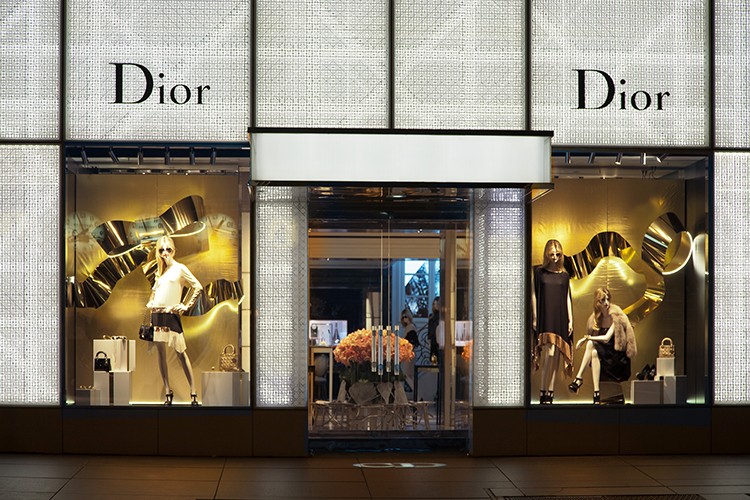
Current rental prices
On Graben and Kohlmarkt, prices rose by 2.8 percent to peak at €370 per m² per month, while on Kärntnerstrasse they remained stable at €200. In Mariahilferstrasse, peak rents are €140, down 6.7 percent, which, according to CBRE, is mainly due to ongoing construction sites such as Lamarr.
Concept issue
Among the sectors currently struggling in traditional retail are furniture and footwear. Here too, it all depends on an appropriate concept. While big brands such as Salamander have had to close, the DocMartens store in Mariahilferstrasse, which opened in the fall, is thriving and is one of the brand’s most successful stores in Europe. New projects such as Morawa also place great importance on the concept: not only do they sell books on three floors, but they also create relaxation areas where people can read, meet friends and drink coffee.
